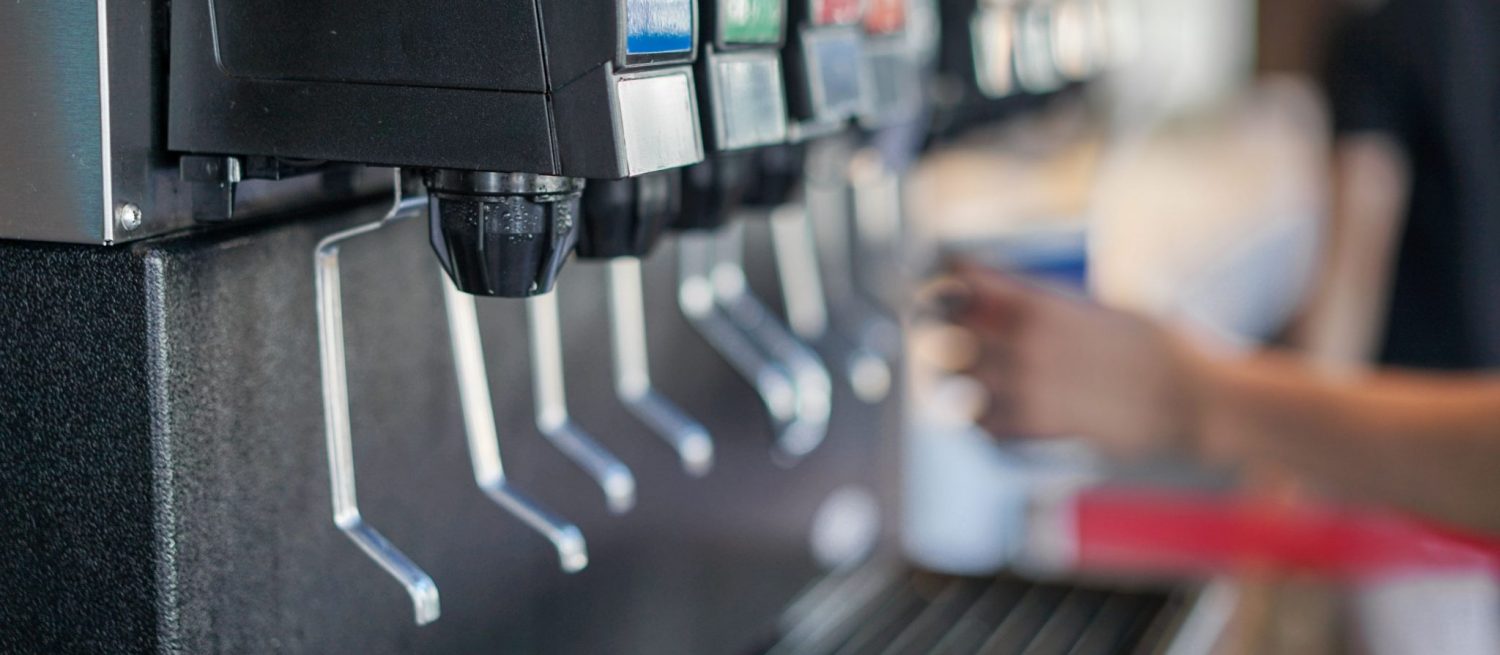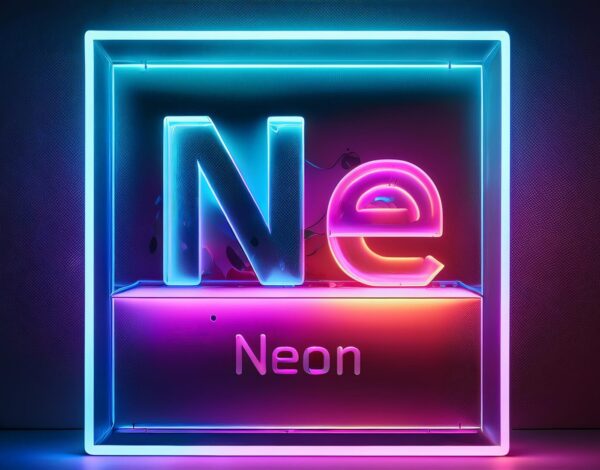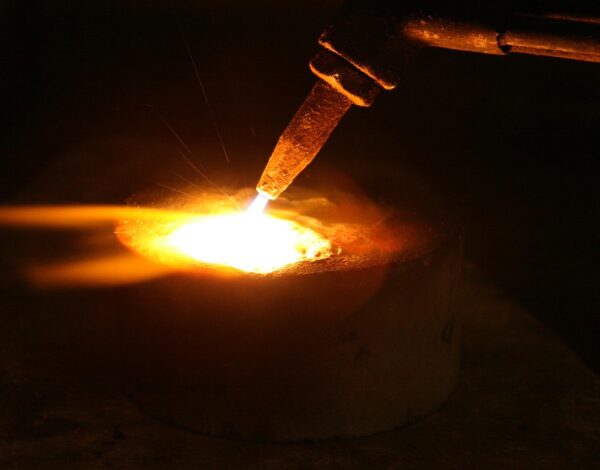

CO2 Safety for the Food and Beverage Industry
Carbon dioxide (CO2) is a versatile gas and is frequently used in the food and beverage industry. Beers and soft drinks that are carbonated from CO2 tanks or carbonating machines are served daily and these units need to be refilled often. As a colorless, odorless, and nearly undetectable gas, carbon dioxide needs to be carefully handled and monitored as leaks can lead to injuries and fatalities if concentrations get too high.
The Effects of CO2 Exposure:
- Labored breathing
- Headaches
- Increased heartbeat
- Faintness
- Dulled awareness and judgment
More serious physical effects include:
- Unconsciousness
- Tremors or convulsions
- Asphyxiation
- Death
CO2 Incidents in the News
A McDonald’s restaurant in Phoenix, Arizona, had to evacuate because of a leaking soda machine in the building’s basement. A pregnant employee, who was exiting the basement, ended up collapsing due to the leak. Other employees experienced lightheadedness and dizziness. Three people, including two firefighters, were also injured as a result. While this restaurant was equipped with on-site CO2 monitors, they did not work at the time.
In another McDonald’s incident, a woman in Florida died from asphyxiation in the restroom when the gas seeped into the room while the restaurant’s CO2 tanks were being refilled. A line used to funnel excess carbon dioxide out of the restaurant became disconnected. Nine others were injured in the incident, including three firefighters and two others who were found unconscious trying to assist the woman.
At a bar and grill, the carbonation machine malfunctioned and filled the basement with carbon dioxide. When an employee walked into that part of the building, he collapsed. Several of his co-workers and patrons of the bar tried to shut off the CO2 tanks but ceased efforts when they began having trouble breathing. They proceeded to call 911. Firefighters had to use breathing tanks while inside the restaurant. The employee was hospitalized in serious condition.
CO2 Handling and Monitoring
Exposure limits for personnel are set by the Occupational Safety Health Administration (OSHA). OSHA uses the time-weighted average (TWA) to create these exposure limits for CO2. It’s important to find out what is required for your specific facility. You can obtain current information from the city in which your building is located.
According to OSHA, facility workers cannot be exposed to CO2 levels higher than 5,000 parts per million (ppm) over an 8-hour shift, which is about 0.5% of CO2 in the air. The limit is set to no more than 30,000 ppm for the duration of 10 minutes. Any work areas around stored CO2 should have the proper safety signage in place. OSHA created a CO2 warning sign designed to be posted at the entrance of any room that contains tanks or cylinders of compressed CO2.

CO2 leaks can occur in a variety of places, but certain locations are more susceptible. For restaurants, it can be near BIB racks, carbonation machines, beverage dispensing, and walk-in coolers. For breweries or bars, it can also be near fermentation sites. Proper detection monitoring systems can prevent injuries and fatalities for personnel and patrons. Using a monitoring system will alert employees of any CO2 emissions or leaks and will improve worker and community safety. Most monitoring systems are cost-effective and can prevent potential fines or injury-related liability in cases of exposure. In certain locations, it’s a requirement for restaurants and bars to have CO2 safety alarms if using CO2 cylinders or bulk systems. Other proactive measures include employee safety training, as employees should be trained on safety precautions, exposure limits, and symptoms of exposure, as well as an emphasis on proper ventilation. It’s critical to ensure your facility has a proper ventilation system that will vent CO2 from work areas. As with all preventative safety measures, consistency is key and it’s important to place high value on closely following processes and procedures.
CO2 Supply in the Rocky Mountain Region
Carbon dioxide is widely used for a variety of applications in the food and beverage industry. It keeps our favorite drinks fresh and bubbly and is also used in food storage and transport. CO2’s versatility makes it an excellent choice for restaurants and bars, so ensuring it is properly handled and stored is crucial. Carbon dioxide supplies through Rocky Mountain Air are offered in a variety of sizes for different systems. Rocky Mountain Air is committed to serving our customers and providing innovative solutions and flawless dependability. If you have any questions regarding carbon dioxide availability or pricing for food and beverage applications, please contact your local RMA branch in one of our five states (Colorado, Idaho, Nebraska, Utah, Wyoming) today. We look forward to serving you!



